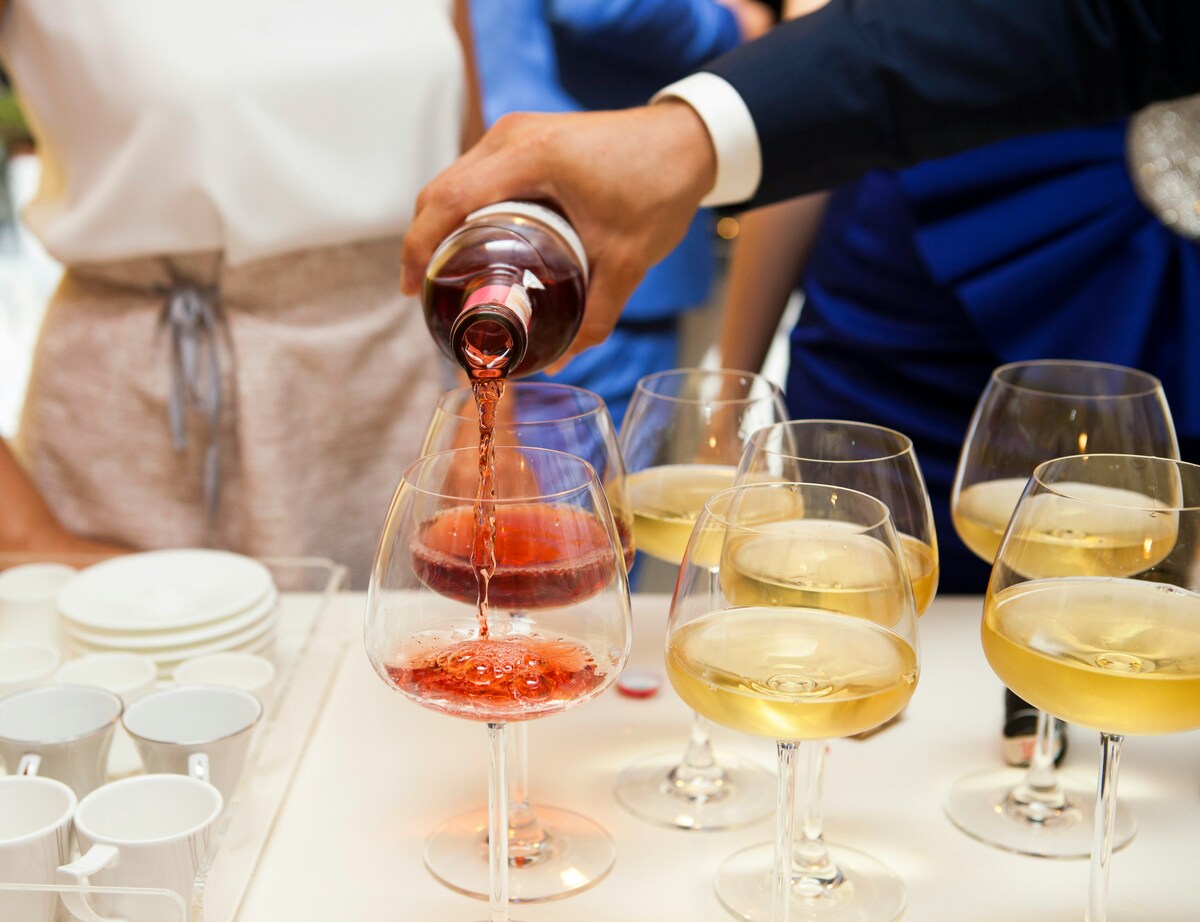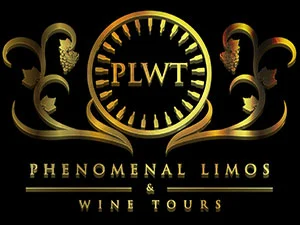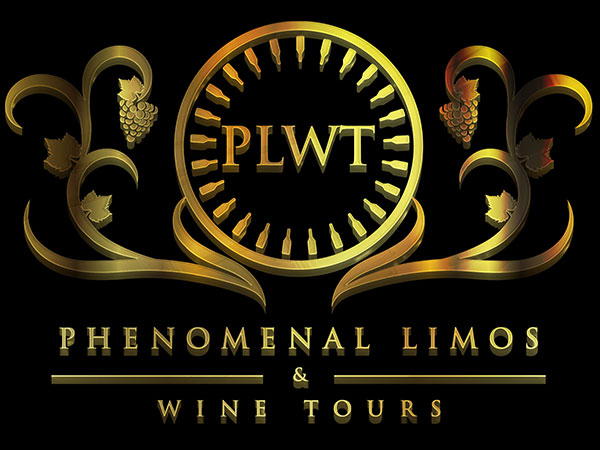
Enjoying wine is one of the simplest pleasures in the world: just open, pour, sip, and savor. In comparison, using a fork and knife for eating as a child takes more practice. However, truly appreciating our favorite beverage involves more than just drinking, much like eating isn’t just about swallowing. Wine tasting includes a few key steps that enhance the experience and help you understand what’s in your glass. By following these steps, you can deepen your appreciation and enjoyment of wine.
Wine tasting is like life. To make the most of it, one is better off making it a long, mindful journey and using all their senses to appreciate it fully. Sure, you can gulp your wine with your eyes closed and your nose pinched. But to truly understand and enjoy what’s in your glass, let’s explore why connoisseurs and professionals follow three specific phases.
We have five senses that allow us to perceive and interact with the world around us: sight, smell, taste, hearing, and touch. What is less known is that tasting wine properly engages four of these senses, and even all five if you listen to the comments of your fellow wine enthusiasts.
So, let’s detail how this works and why following these three simple steps of a tasting will help you grasp the complete story a wine has to tell you. By honing these skills, you’ll elevate your wine-tasting experience to a new level.
The Power of Observation: Understanding The Appearance
Your first interaction with a wine is visual when you pour it from the bottle into a glass. Just like meeting someone for the first time, the initial impression is crucial and influences the entire tasting experience that follows. After all, humans are very visual creatures.
Beyond the act of pouring, you often see sommeliers, winemakers, and wine connoisseurs taking some time to observe the wine in the glass. They frequently swirl it before smelling and sipping. This visual assessment helps them gauge the wine’s color, clarity, and viscosity, all of which provide hints about its age, grape variety, and overall quality.
What does a careful visual observation tell you about a wine? The color and appearance of a wine can indicate the style and characteristics you can expect.
No one likes to put something in their mouth and be confronted with an unexpected taste, like something sweet when you were anticipating something savory, or vice versa. If you’re surprised when tasting, chances are you will have a negative opinion of the wine, even if it’s actually very good. Observing the wine’s appearance helps set your expectations correctly, enhancing your overall tasting experience.
Obviously, the first thing you’ll notice is whether the wine is white, rosé, or red. But beyond this, the hue can reveal a lot about the style.
For instance, a pale white wine typically indicates a light, often dry profile with dominant primary fruit or floral characters. Conversely, a more intensely yellow wine, with golden or amber hues, suggests a richer style, possibly with oak and spice notes from bottle aging. These visual cues provide valuable insights into what to expect from the wine before you even take your first sip.
The same principles apply to red wines. A lightly-colored red wine is often associated with lighter red varieties, featuring fewer tannins and generally possessing less body and alcohol content compared to darker counterparts.
Furthermore, as red wines age, they transition from a vibrant purple hue to a more orange tint. This evolution in color not only provides insight into the wine’s age but also hints at the flavor profile you can expect, with younger wines showcasing more pronounced fruit characters and older wines offering earthier, savory notes.
Moreover, the visual texture of the wine can offer crucial clues about its style. For example, bubbles in sparkling wines indicate carbonation, while an oily appearance in the glass suggests a higher sugar content or alcohol level. Sediments present in the wine may indicate extended bottle aging, adding complexity to the tasting experience. These visual cues are essential in understanding and appreciating the characteristics of the wine before you even take a sip.
The Sense of Smell: Unveiling The Nose
The second phase of a structured wine tasting engages our sense of smell.
Taking a moment to inhale the aroma wafting from the surface of the wine in the glass serves two purposes: 1) to affirm or challenge your initial impressions from the preceding visual observations, and 2) to provide an initial indication of the flavors you can expect when you take a sip. By paying attention to the wine’s bouquet, you can anticipate its taste profile and deepen your appreciation of its nuances before you even taste it.
Let’s consider a practical example. In the first phase of your tasting, you observed a white wine with a golden to amber color. This coloration can typically characterize three styles of wine: a white wine made with rich, ripe fruit, perhaps aged in oak like a classic California Chardonnay, an aged dry white wine, or a sweet wine such as Sauternes or Hungarian Tokaji. When you move on to smelling the wine, it will further inform you which of these three styles the wine aligns with: buttery and oaky for the first style mentioned, nutty and spicy for an aged white, or intensely fruity for a sweet wine.
Smelling the wine serves a similar purpose to observing it: it prepares you for the tasting ahead. However, it also provides the first genuine insight into the wine’s aromatic profile, allowing you to anticipate its flavor characteristics and nuances before taking a sip. This step is crucial in fully experiencing and appreciating the wine’s complexity.
The Art of Tasting: Delving into The Palate
Now that you’ve established a mental expectation of the wine’s flavor profile, it’s time for phase three: the tasting itself. This stage is perhaps the most indulgent of all, offering the most enjoyment, but it’s also the most informative, revealing all there is to know about the wine.
Unlike the previous two phases, analyzing the palate engages three of our senses:
- The sense of taste, which encompasses four main components: sweetness, saltiness (yes, some wines can have a salty quality), sourness (or acidity), and bitterness.
- The sense of smell comes into play as the wine’s aromas reach your nose through the back of your mouth, revealing the wine’s complex flavors.
- The sense of touch is also involved. Just like the surface of our skin, the inside of our mouth is covered in receptors capable of analyzing temperature and texture. While often overlooked, the wine’s body (how oily or viscous it feels) and its tannic structure (such as drying tannins or a smooth, velvety texture) are actually discerned through the sense of touch. This tactile sensation adds another layer of depth to the tasting experience, allowing for a comprehensive understanding of the wine’s characteristics.
Of course, phase three is undeniably the most crucial as it ultimately determines whether or not you genuinely enjoy the wine. This is why careful tasters often spend a considerable amount of time with the wine in their mouth, “chewing” it, and allowing air to pass through to intensify the flavors.
However, it’s important not to overcomplicate the process, and more importantly, not to worry.
At its core, wine is meant for enjoyment and sharing above all else. The next time you have a glass of wine, take a moment to go through these three phases and observe how naturally they unfold.
Conclusion
Wine tasting is not just about sipping a beverage; it’s a sensory journey that engages multiple senses, enriching our understanding and enjoyment of wine. By following the three phases of observation, smell, and taste, we can unlock the full story that each wine has to offer.
Firstly, observation sets the stage by allowing us to assess the wine’s appearance, providing valuable clues about its style, age, and flavor profile. From the color to the texture, visual cues offer a preview of what’s to come, helping to manage expectations and enhance the overall tasting experience.
Next, the sense of smell comes into play, unveiling the wine’s bouquet and further informing us about its aromatic profile. By taking a moment to inhale the aroma, we can anticipate the flavors and nuances that await us, preparing our palates for the tasting ahead.
Finally, the tasting itself delves into the wine’s palate, engaging our sense of taste, smell, and touch. Through careful analysis, we can discern the wine’s sweetness, acidity, bitterness, and texture, allowing for a comprehensive understanding of its characteristics and ultimately determining our enjoyment of the wine.
Remember, the process of wine tasting should be approached with curiosity and enjoyment. There’s no need to overcomplicate it or worry about getting everything right. Simply take your time, savor each sip, and embrace the journey of discovery that wine tasting offers.
If you’re ready to embark on your own wine tasting adventure, consider booking a private tour with Phenomenal Limos And Wine Tours. With our personalized service and exclusive access to premium wineries, we’ll ensure that your experience is nothing short of extraordinary. Book your tour today and toast to the joys of wine tasting!
Frequently Asked Questions
What makes Phenomenal Limos & Wine Tours stand out from other wine tour companies?
Phenomenal Limos & Wine Tours prides itself on offering exclusive and personalized experiences. Unlike standard wine tours, they specialize in private boutique wineries that are off the beaten path, providing VIP treatment and behind-the-scenes access. Their commitment to understanding each guest’s preferences ensures a tailored and memorable experience.
How does Phenomenal Limos & Wine Tours cater to different occasions like weddings, birthdays, and corporate events?
Whether it’s a wedding, birthday celebration, or corporate outing, Phenomenal Limos & Wine Tours ensures luxury, comfort, and safety. For weddings and anniversaries, they create bespoke experiences designed to pamper couples. For birthdays and proms, they offer unique and unforgettable transportation solutions. Corporate services include airport transfers and executive transportation, ensuring convenience and professionalism.
What types of vehicles does Phenomenal Limos & Wine Tours offer for transportation?
Phenomenal Limos & Wine Tours boasts a fleet of luxurious vehicles, including the Cadillac Escalade ESV and the Mercedes Sprinter Limo Bus. These vehicles are equipped to provide comfort, style, and safety for various group sizes, ensuring a memorable journey throughout the wine country.
How does Phenomenal Limos & Wine Tours personalize wine tours for their guests?
Every wine tour with Phenomenal Limos & Wine Tours is tailored to the preferences and interests of their guests. They take the time to understand what each guest likes, their desired experiences, and their budget. Whether guests have specific wineries in mind or seek recommendations, Phenomenal Limos & Wine Tours assists in planning the perfect day or days in wine country, offering customized itineraries and VIP treatment.
What sets Phenomenal Limos & Wine Tours apart in terms of customer service and reliability?
Phenomenal Limos & Wine Tours is committed to providing unmatched customer service and ensuring the safety and satisfaction of their guests. From friendly chauffeurs to personal concierge services, they go above and beyond to make each journey comfortable and enjoyable. Their strong relationships with wineries and attention to detail guarantee a seamless and unforgettable wine tour experience.





